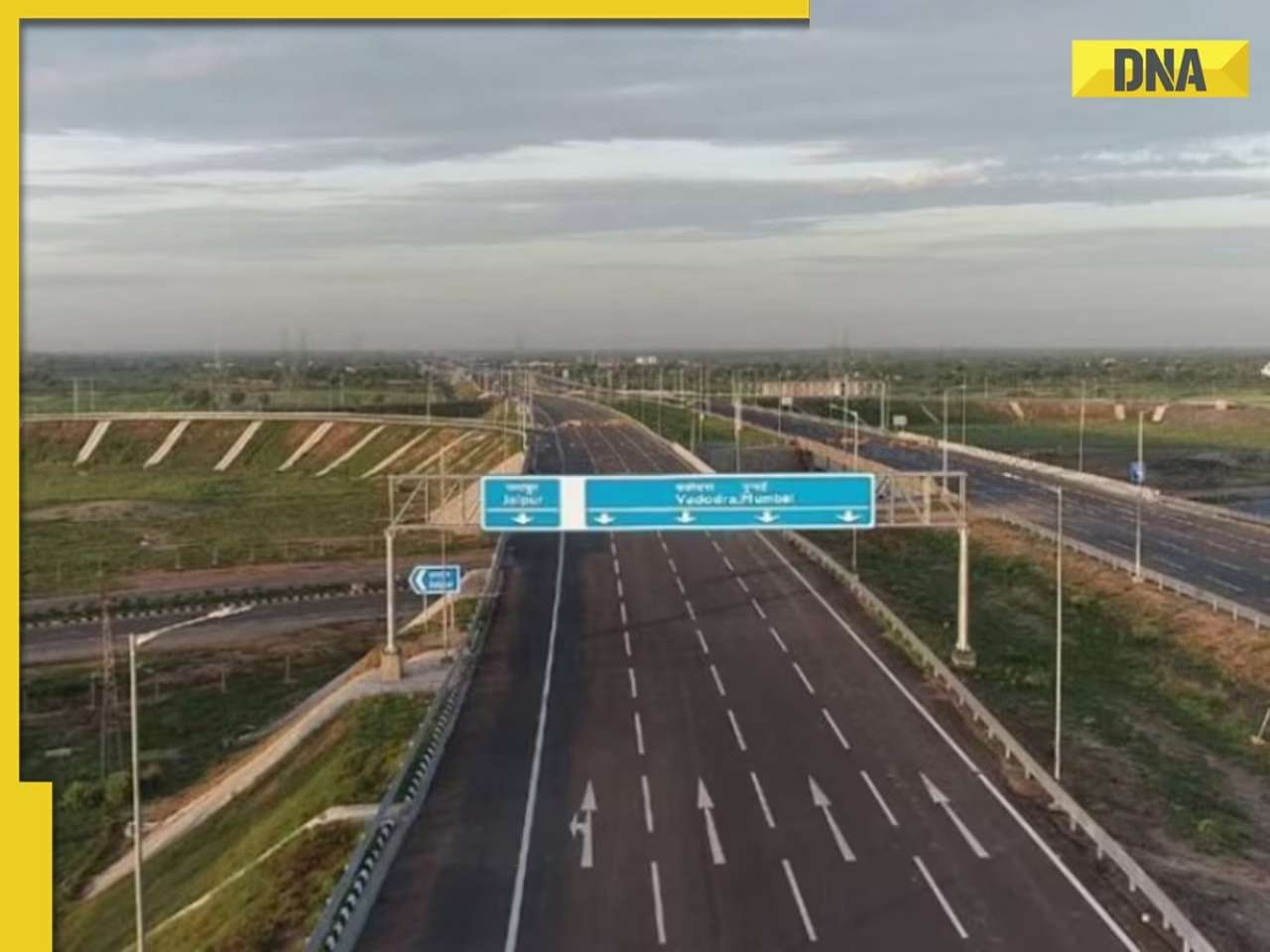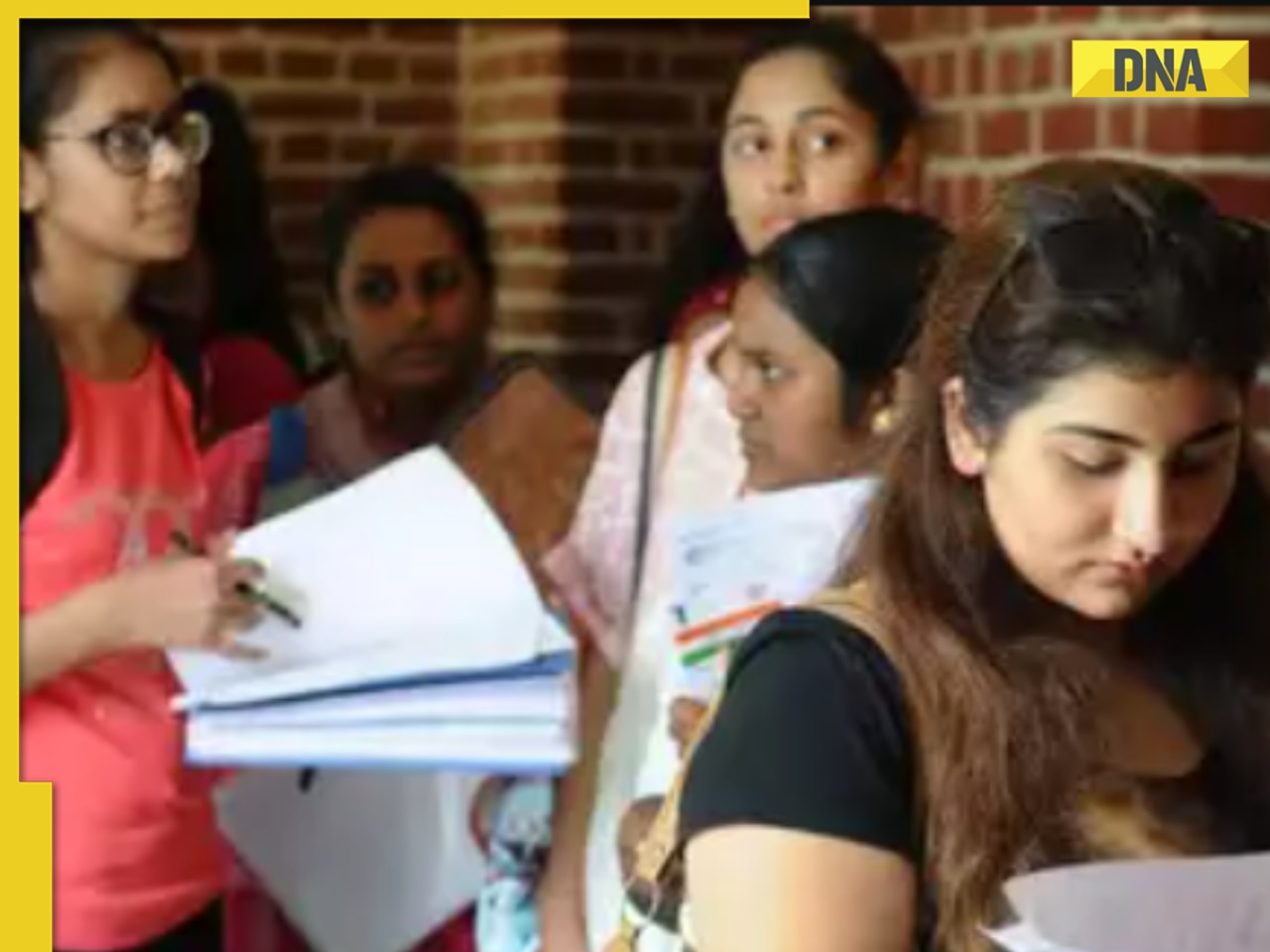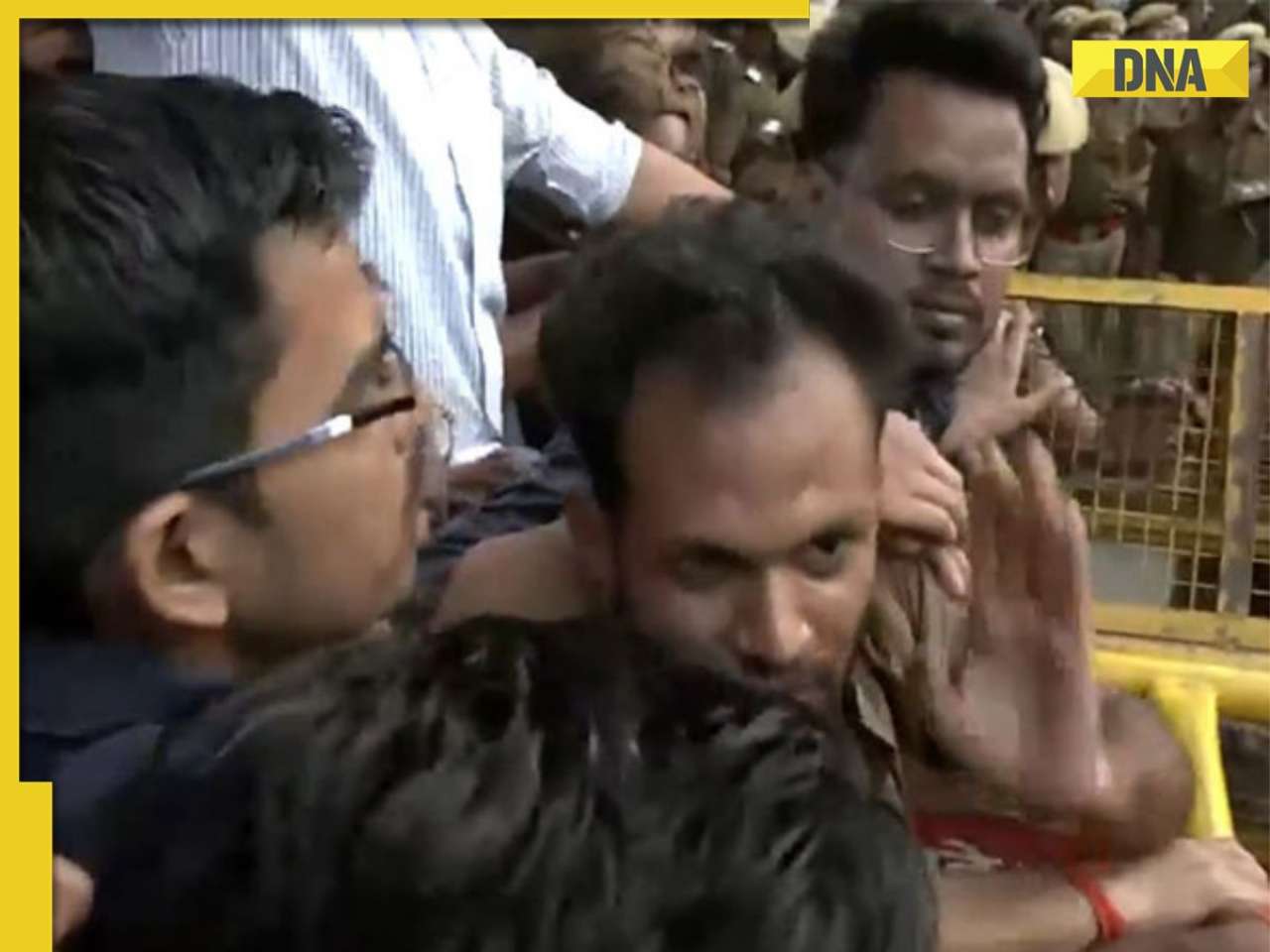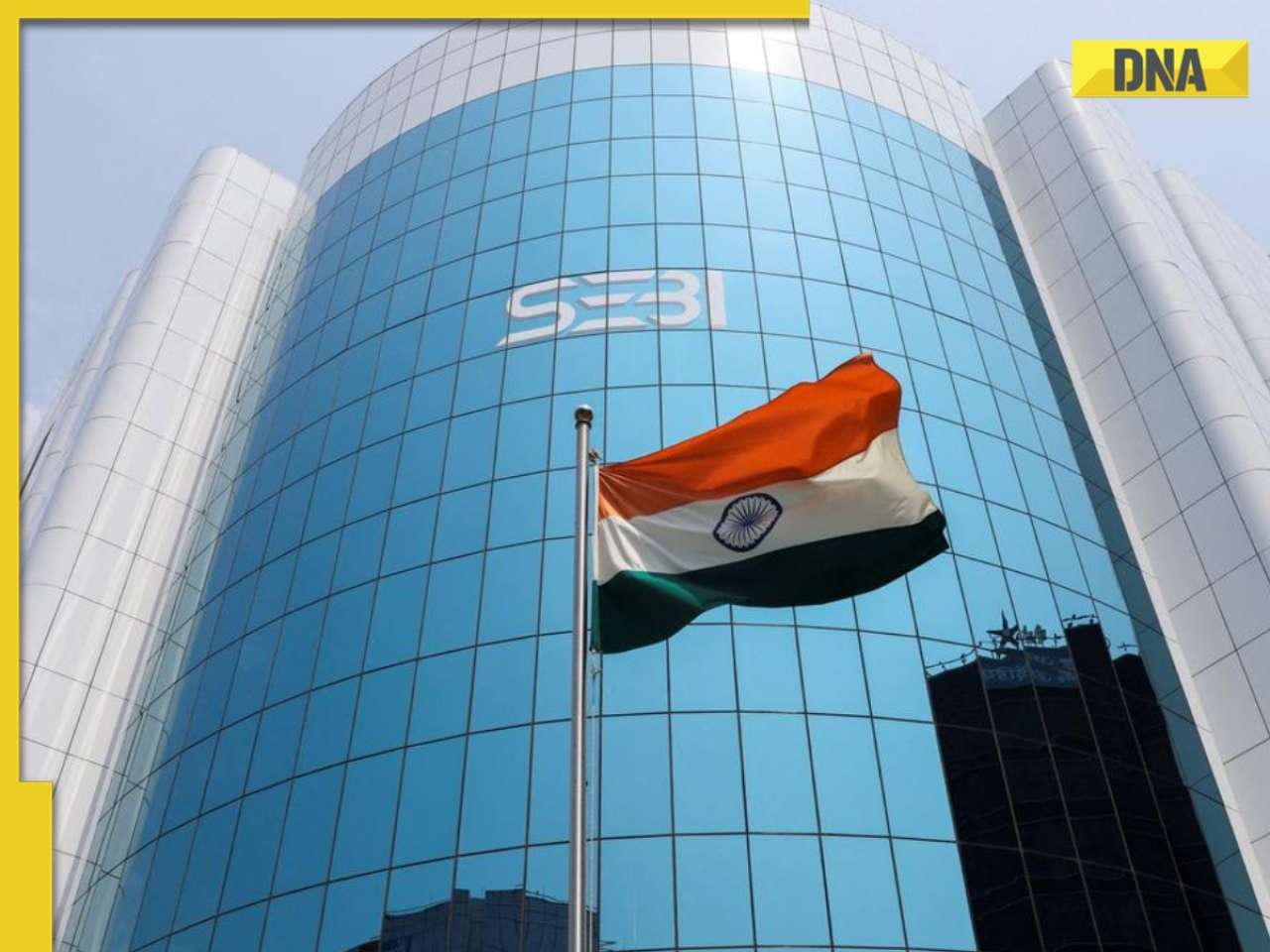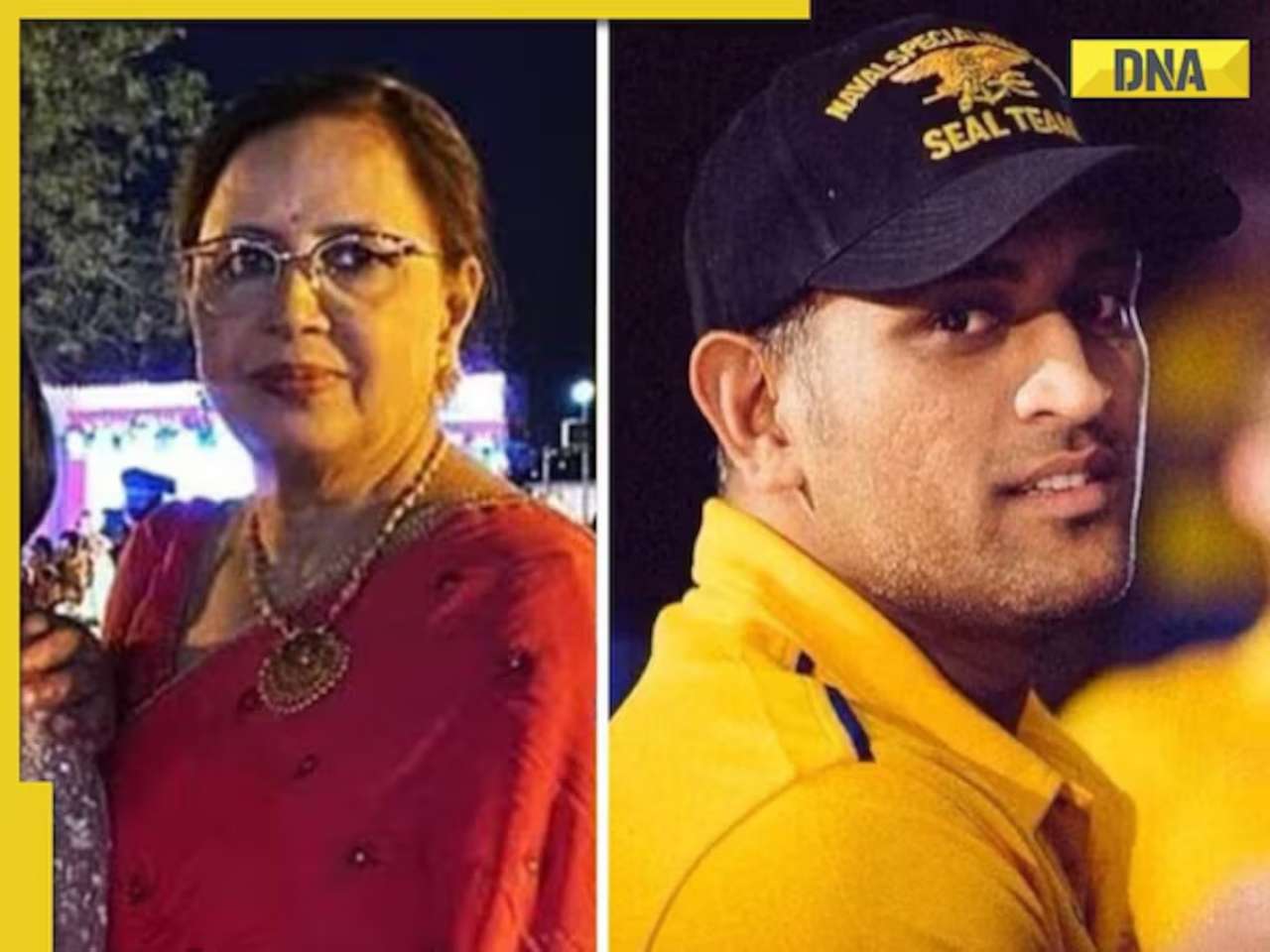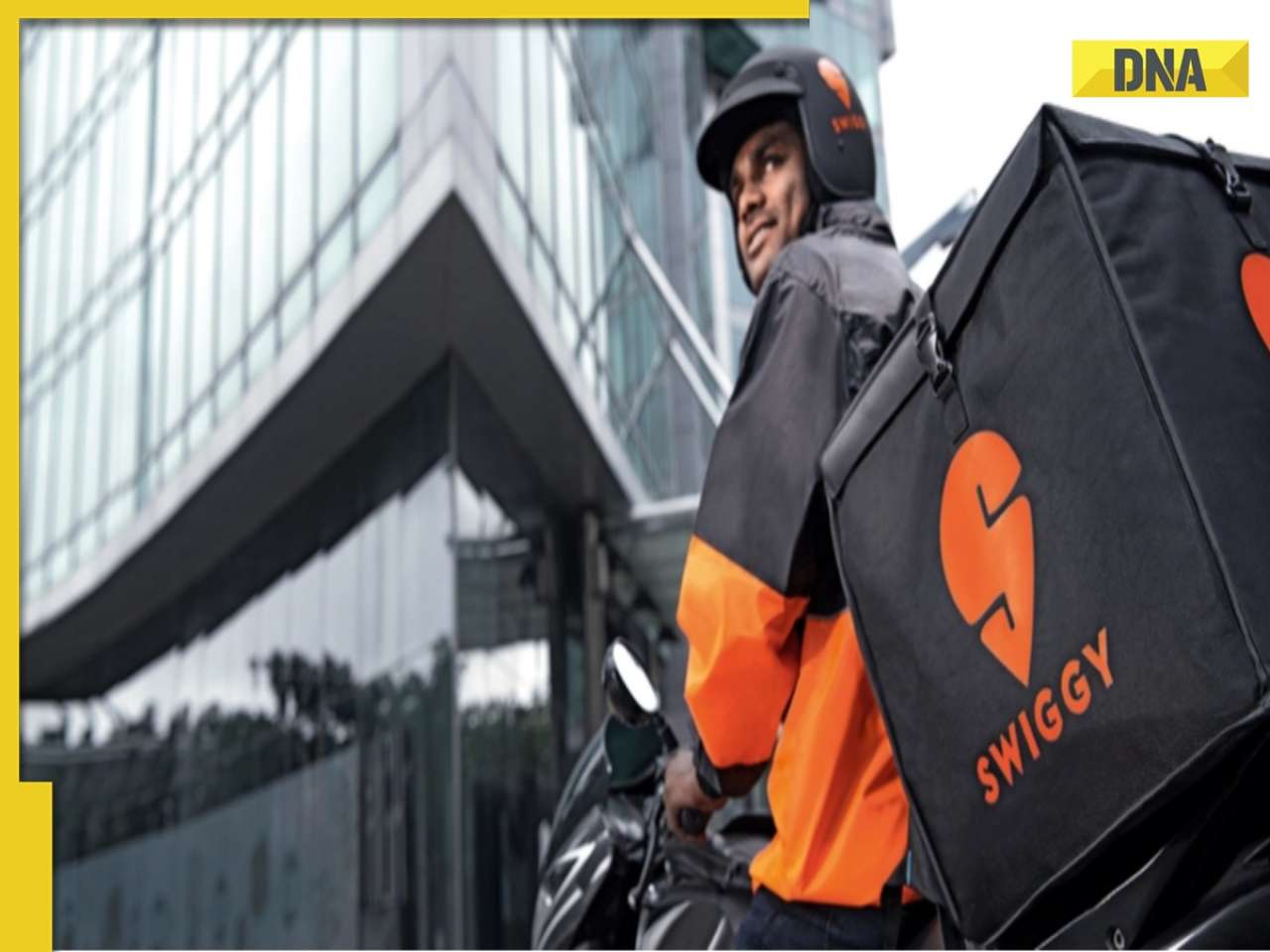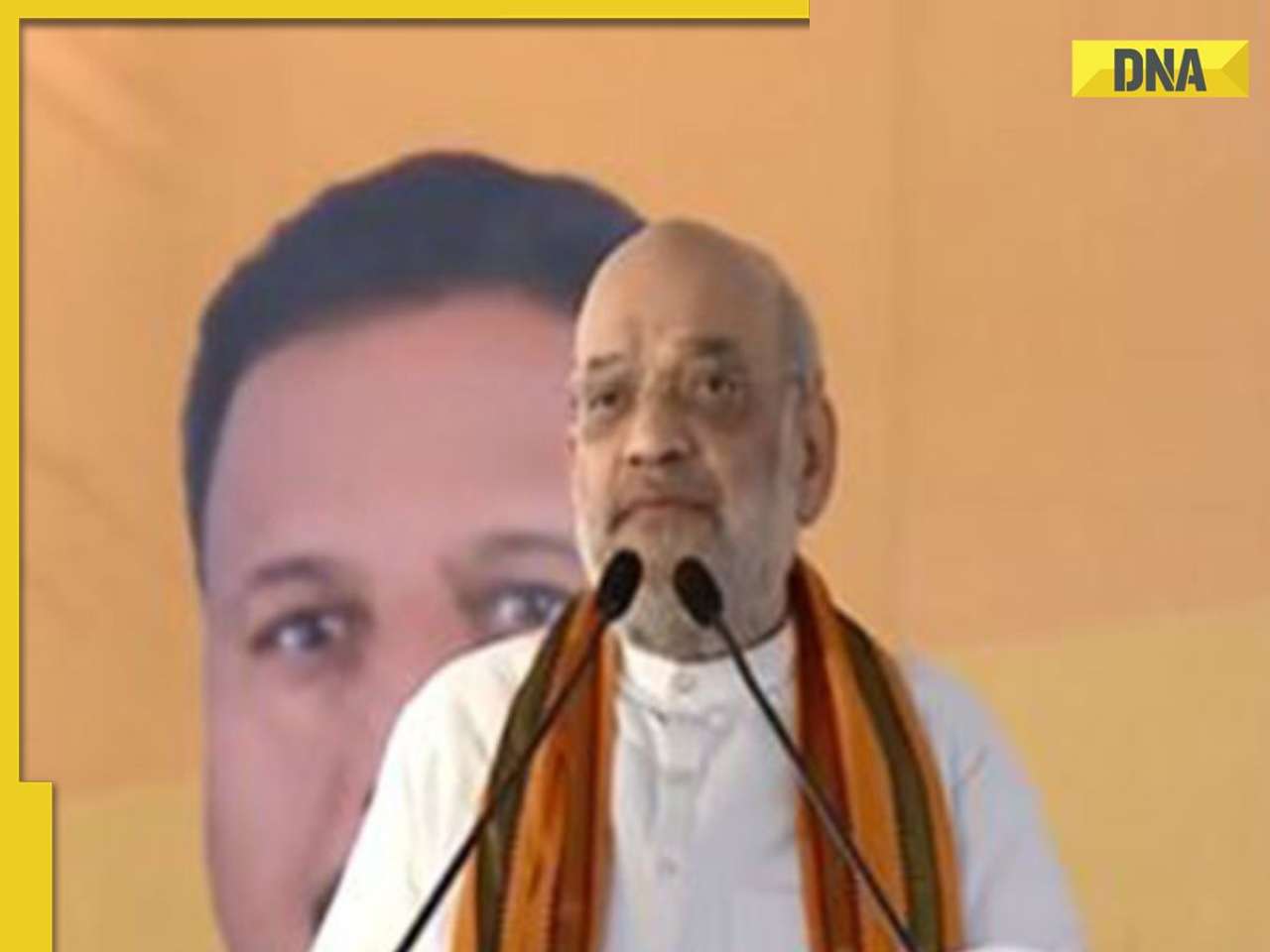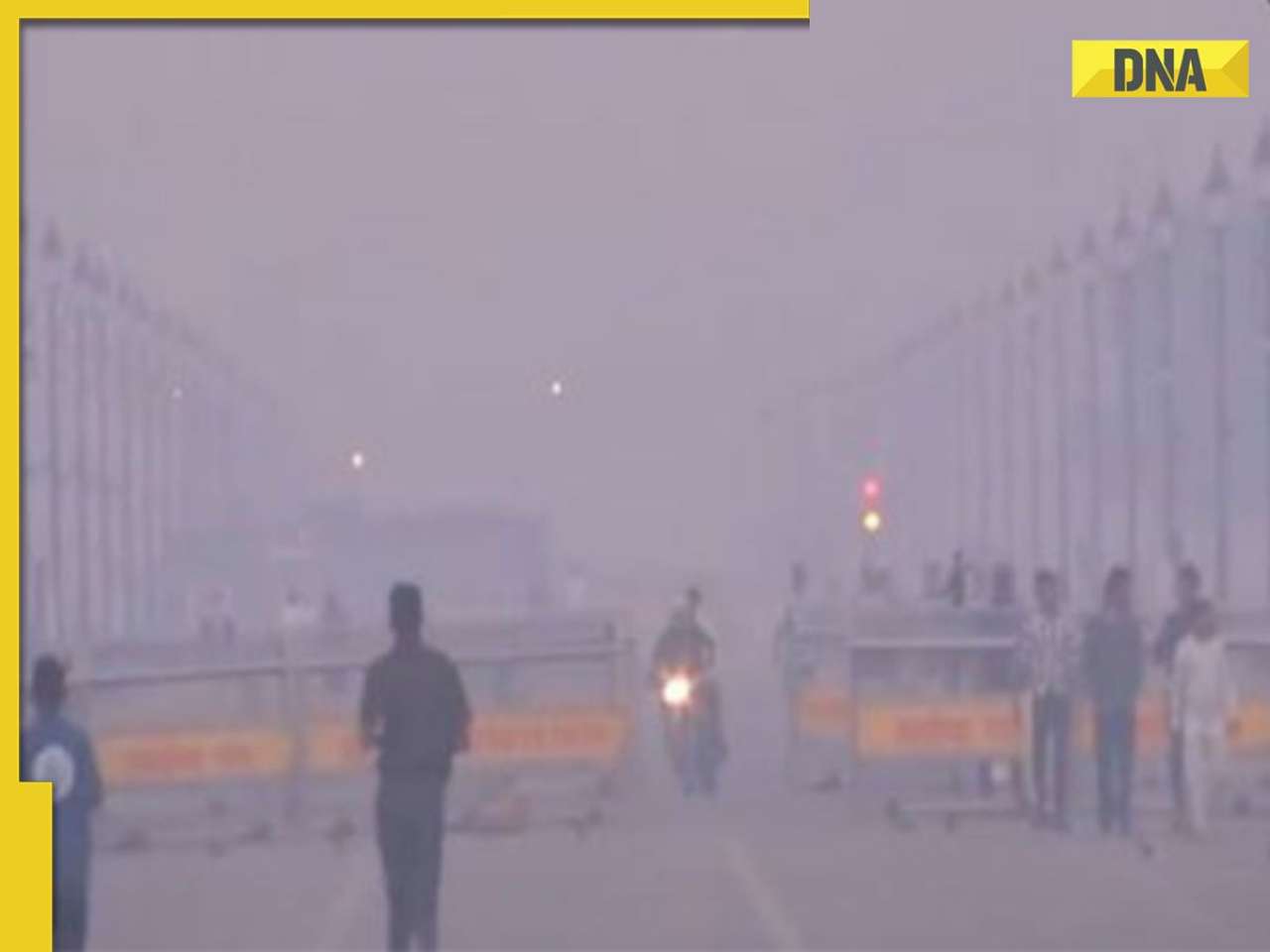- LATEST
- WEBSTORY
- TRENDING
MUMBAI
MMRDA creates a unique community of displaced people
The authority, through its Livelihood Cell, has created a community of 2,000-odd project affected people (PAPs) who have either been employed or have been provided financial aid for self-employment.
TRENDING NOW
If you think that the Mumbai Metropolitan Region Development Authority (MMRDA) is only about constructing and planning the city’s infrastructure, you might be in for a surprise.
The authority, through its Livelihood Cell, has created a community of 2,000-odd project affected people (PAPs) who have either been employed or have been provided financial aid for self-employment.
While implementing many of its road development projects, such as the Jogeshwari-Vikhroli Link Road (JVLR) and the Santa Cruz-Chembur Link Road (SCLR), MMRDA had to resettle as many as 35,000 families to many of its own resettlement and rehabilitation (R&R) colonies in the city.
Since many of the resettlements were monitored by the officials of the World Bank, which has partly funded the Mumbai Urban Transport Project (MUTP), MMRDA had to follow strict norms during the process.
Subsequently, the authority formed a Livelihood Cell in December 2007, primarily to provide basic amenities like health centre, flour mills, vegetable vending, etc.
The cell was established to offer comprehensive support services to ensure proper utilisation of the sheds built especially for the purpose of livelihood promotion.
Explaining the need for such an activity, MMRDA spokesperson Dilip Kawathkar, who also heads the cell, said that the central motive of the cell was to make sure that the standard of living of the PAPs is improved.
“The families, which often come from a slum dwelling to the much better living conditions of a flat, need to improve their social infrastructure. Especially the women in these families require a lot of motivation to get started, either on their own or through some other activities,” said Kawathkar. He explained that women and youth are engaged through the cell in activities such as greeting cards making, file and envelope making, vegetable vending, making traditional snacks, bakery products and trading of household goods such as garments, imitation jewellery etc.
One of the major achievements of the cell is the canteen run by 12 women in the authority headquarters at Bandra Kurla Complex (BKC).
Five self-help groups have been formed in Vashinaka, six in Mankhurd and 16 in Kanjurmarg resettlement colonies, which run businesses ranging from tiffin supply, tailoring, preparing traditional snacks, imitation jewellery, making fancy bags, paper bags, chocolates, door-to-door sale of saris, which the women themselves purchase in bulk from Surat, newspaper sale and a milk centre.
The project, the brainchild of MMRDA commissioner Ratnakar Gaikwad, will now be opened in other resettlement colonies. MMRDA has already spent about Rs17.57 lakh on the cell.
The cell has also established 77 self-help groups which encourage as well as provide employment opportunities in the services sector.
“Recently, we provided jobs to as many as 700 PAPs in a job mela organised by MMRDA. The number of people involved in the livelihood activities has already crossed 2,000. We also approach new PAPs with invitations to participate in the activities of the cell,” said Kawathkar.








)
)
)
)
)
)
)
)
)
)
)
)
)
)
)







